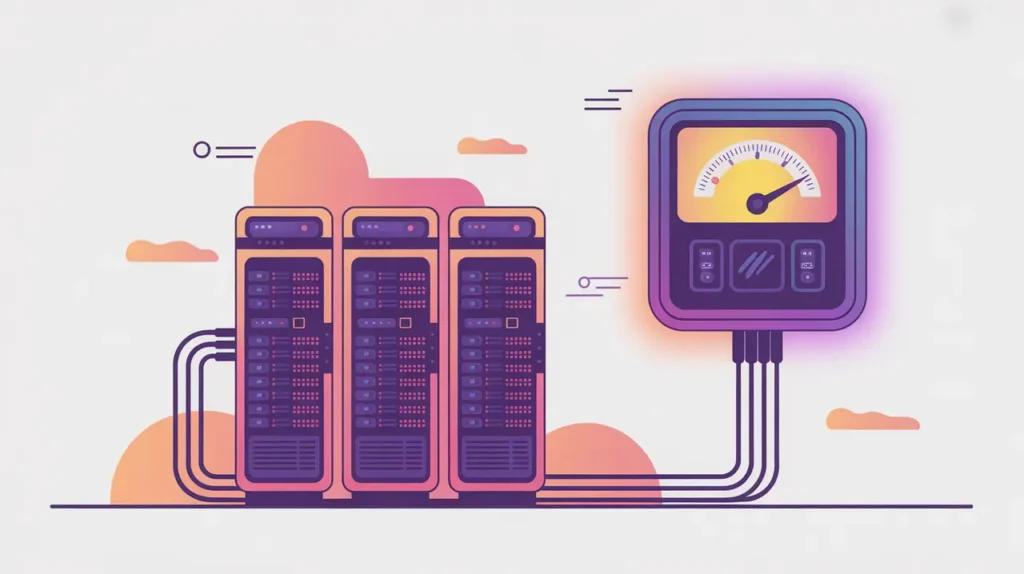Importance of Model Supply Chain Security
Model Supply Chain Security refers to the practices and safeguards that protect AI models throughout their lifecycle, from design and training to deployment and distribution. Just as software can be compromised through insecure dependencies, AI models face risks such as data poisoning, tampered weights, or malicious updates. Its importance today lies in the rising reliance on shared models, pretrained weights, and open repositories, which expand both innovation and vulnerability.
For social innovation and international development, model supply chain security matters because organizations depend on trustworthy AI to serve vulnerable populations. Without strong protections, manipulated or insecure models could produce harmful results in health, education, or crisis response systems, eroding trust and putting communities at risk.
Definition and Key Features
Model supply chain security involves securing datasets, protecting model weights, verifying provenance, and ensuring that distribution channels are trustworthy. Techniques include cryptographic signing of models, integrity checks, and monitoring for unexpected changes in performance. It also extends to governance practices, such as documenting training data sources and publishing model cards that describe intended use and limitations.
It is not the same as general cybersecurity, which focuses on networks and systems. Nor is it equivalent to MLOps, which manages operational workflows. Model supply chain security specifically addresses threats to the integrity, authenticity, and trustworthiness of the models themselves.
How this Works in Practice
In practice, organizations secure models by controlling access to training pipelines, validating third-party contributions, and implementing continuous monitoring after deployment. Repositories such as Hugging Face or TensorFlow Hub increasingly provide signing and verification features to ensure model integrity. Security audits and red-teaming exercises test whether models resist manipulation or adversarial inputs.
Challenges include the opacity of large models trained on vast datasets, the difficulty of verifying provenance at scale, and the tension between open access and controlled distribution. Balancing innovation with security requires coordinated efforts across developers, distributors, and end users.
Implications for Social Innovators
Model supply chain security is critical for mission-driven organizations. Health programs need assurance that diagnostic models have not been tampered with before deployment in clinics. Education platforms must verify that adaptive learning models are authentic and unbiased. Humanitarian agencies require secure models for crisis mapping or early warning systems, where compromised outputs could lead to harmful decisions. Civil society groups benefit from transparent model provenance when advocating for accountability in AI.
By securing the AI model lifecycle, organizations can build confidence in the systems they deploy, ensuring that AI serves communities safely and reliably.







